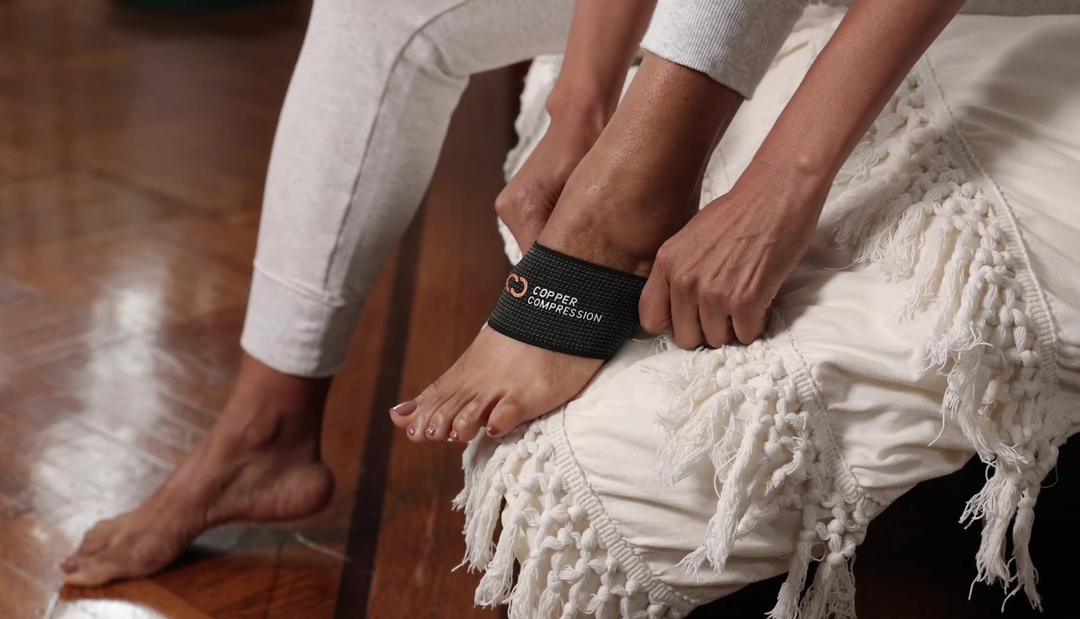Education ·
Pain Relief ·
What is Arthritis and How Can it Be Treated?
Arthritis can be scary. It’s painful, inhibiting, and, as of late, it has no cure. However, that doesn’t mean that sufferers have to stand idly by and deal with the pain on their own. There are a multitude of ways to handle arthritis pain - and from conventional methods to natural relief, we’re going to cover all of it. After all, the best way to combat arthritis pain is through research, education, patience, and help!
Whether you’re a sufferer of arthritis, know someone with this disease, or are just curious about it, read on. We’re going to go over the definition, different types, symptoms, causes, and the copious ways that one can find relief when handling joint inflammation (from supplements to surgery to sleeves)!
Without further ado, let’s dive in.
What is Arthritis?
 We’ll start off by saying that arthritis is a common medical condition that affects millions of people around the world. It is predominantly known for causing inflammation and pain in the joints, getting worse over time.
We’ll start off by saying that arthritis is a common medical condition that affects millions of people around the world. It is predominantly known for causing inflammation and pain in the joints, getting worse over time.
There are many different types of arthritis, but the most common are osteoarthritis and rheumatoid arthritis.
Here’s a little more detail on what exactly differentiates these two types:
The Most Common Types of Arthritis
Osteoarthritis: the most common type of arthritis, osteoarthritis is often referred to as "wear and tear" arthritis. This condition occurs when the cartilage in the joints begins to break down, causing the bones to rub against each other. As you might imagine, this can cause pain, swelling, and stiffness in the affected joint.
Osteoarthritis can affect any joint in the body, but it is most commonly found in the knees, hips, and hands. It most commonly affects older people.
Rheumatoid Arthritis: As an autoimmune disorder, rheumatoid arthritis is a much more severe disease. If you’re not clear on what autoimmune disorders are, it essentially means that the body's immune system mistakenly attacks the joints, causing inflammation and pain. Rheumatoid arthritis can also cause damage to other parts of the body, such as the lungs, heart, and blood vessels. This disease is prevalent in older people but is known to affect younger people as well.
Other types of arthritis include Ankylosing Spondylitis, Juvenile Arthritis, Psoriatic Arthritis, and Gout. For more information on these types, check out this informational guide from the Cleveland Clinic.
Symptoms of Arthritis
Not sure if you’re dealing with arthritis? We always recommend reaching out to a doctor, but here is a baseline rundown of the most common symptoms:
Pain in the joints
Stiffness in the joints
Swelling in the joints
Difficulty moving the joints
Fatigue
Fever
How is Arthritis Diagnosed?
Arthritis can be diagnosed through a variety of tests, including blood tests, X-rays, and physical exams. If you’re dealing with any or all of the issues listed above, contact your doctor primary care physician immediately to discuss the next steps.
Risk Factors and Causes of Arthritis
So, what causes this disruptive disease? According to the Mayo Clinic, it can be broken down into these general areas:
- Genetic predisposition: Unfortunately in some cases, arthritis may be unavoidable if it runs in your genes. It doesn’t guarantee a diagnosis, but it raises the chances of arthritis development.
- Age: The chance of developing any type of arthritis increases with age (60 and above).
- Gender: Even your gender can affect your diagnosis. Women are more likely to develop rheumatoid arthritis, while men are more likely to develop gout.
- Obesity: Excess weight puts stress on the joints, particularly your spine, hips, and knees.
- Joint injury: If you’ve ever played a sport and injured a joint (or injured it on your own time), you are more likely to develop arthritis issues.









